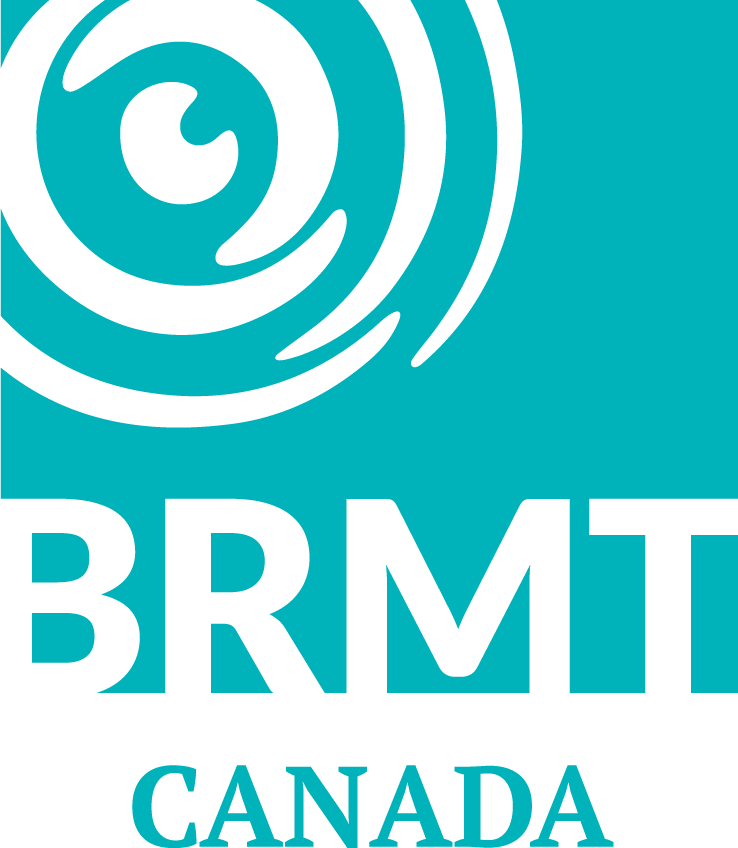BRMT
Blomberg Rhythmic Movement Training can benefit children, parents, adults, senior citizens, therapists and teachers. BRMT movements can improve the quality of life for all ages by supporting integration of reflexes still active.
How can BRMT help your child, or the students you teach?


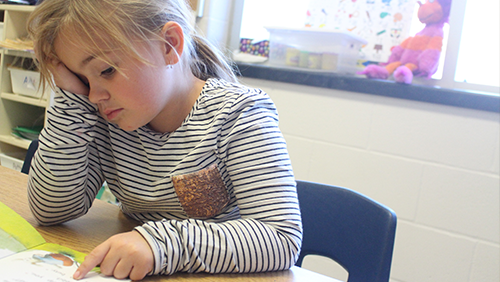
Are you an educator who is:
- Struggling to meet the individual needs of the diverse learners in your class?
- Looking for ways to improve students’ skills in reading, writing, and math?
- Searching for strategies to deal with behavioural challenges and self-regulation?
- Trying to find methods to teach the most vulnerable students?
- Attempting to cope with the increasing needs of students with limited support?
Are you a parent who is:
- Looking for ways to help your child cope in the school setting?
- Dealing with assessments from the shool with areas of concern, but you don’t know what to do?
- Trying to understand and find strategies to deal with behavioural issues?
- Searching for ways to help your child feel safe and secure?
- Struggling with your child’s learning challenges?
- Looking for things you can do at home to support your child?
BRMT supports educators and parents who are looking for ways to meet the needs of their students and/or children.
Support for Educators and Parents
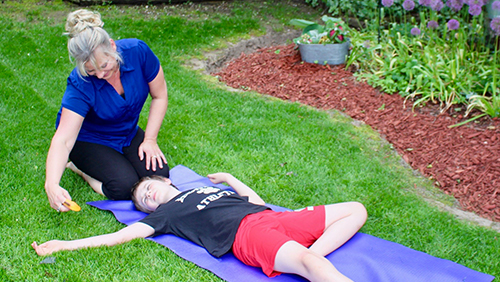
Tuesdays with Twomey Videos
Watch Liz Jones-Twomey use Blomberg Rhythmic Movement Training techniques with babies, children and adults.
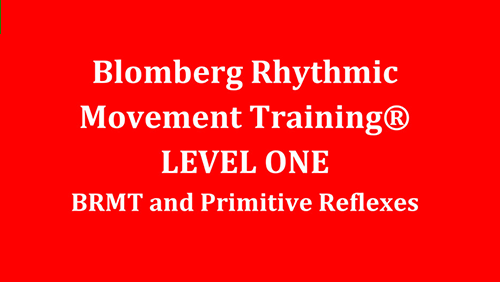
Courses & Workshops
There are three levels of BRMT courses as well as specialty courses. These courses are open to anyone who would like to learn!
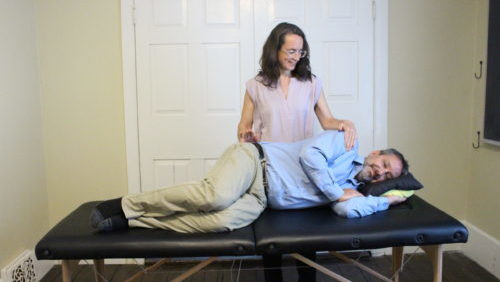
BRMT in Action
Coming soon! Watch a video of Dr. Blomberg and BRMT Consultants during therapy sessions.
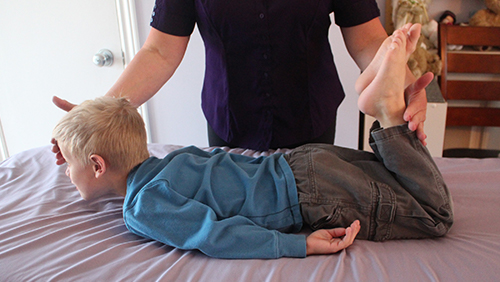
Private Therapy Sessions
We offer one-on-one private therapy sessions with certified BRMT Consultants.
BRMT Consultants
BRMT Consultants are trained to assess individual challenges, examine reflexes that may be active and contributing to specific challenges, and provide movements to help with reflex integration to help people reach their full potential.

BRMT Consultant Lori Westlake doing isometrics with her client

BRMT course participants
Who benefits from BRMT?
Everyone! But especially:
- Babies who had complications during birth
- Babies and toddlers who show signs of developmental delays or coordination difficulties in the first few years of life
- Children with speech or language delays
- Individuals who have been diagnosed with Autism, ADD, ADHD, Anxiety, or other learning and behavioural challenges
- Adults who have joint pain/Osteoarthritis, mobility challenges and are interested in treating their own pain.
- Anyone who is experiencing: digestive issues, memory issues, difficulty focusing, balance problems, low muscle tone or muscle stiffness/ tension, feelings of being overwhelmed/anxious/depressed, vision challenges, sensory processing disorders, Parkinson’s disease and other challenges.
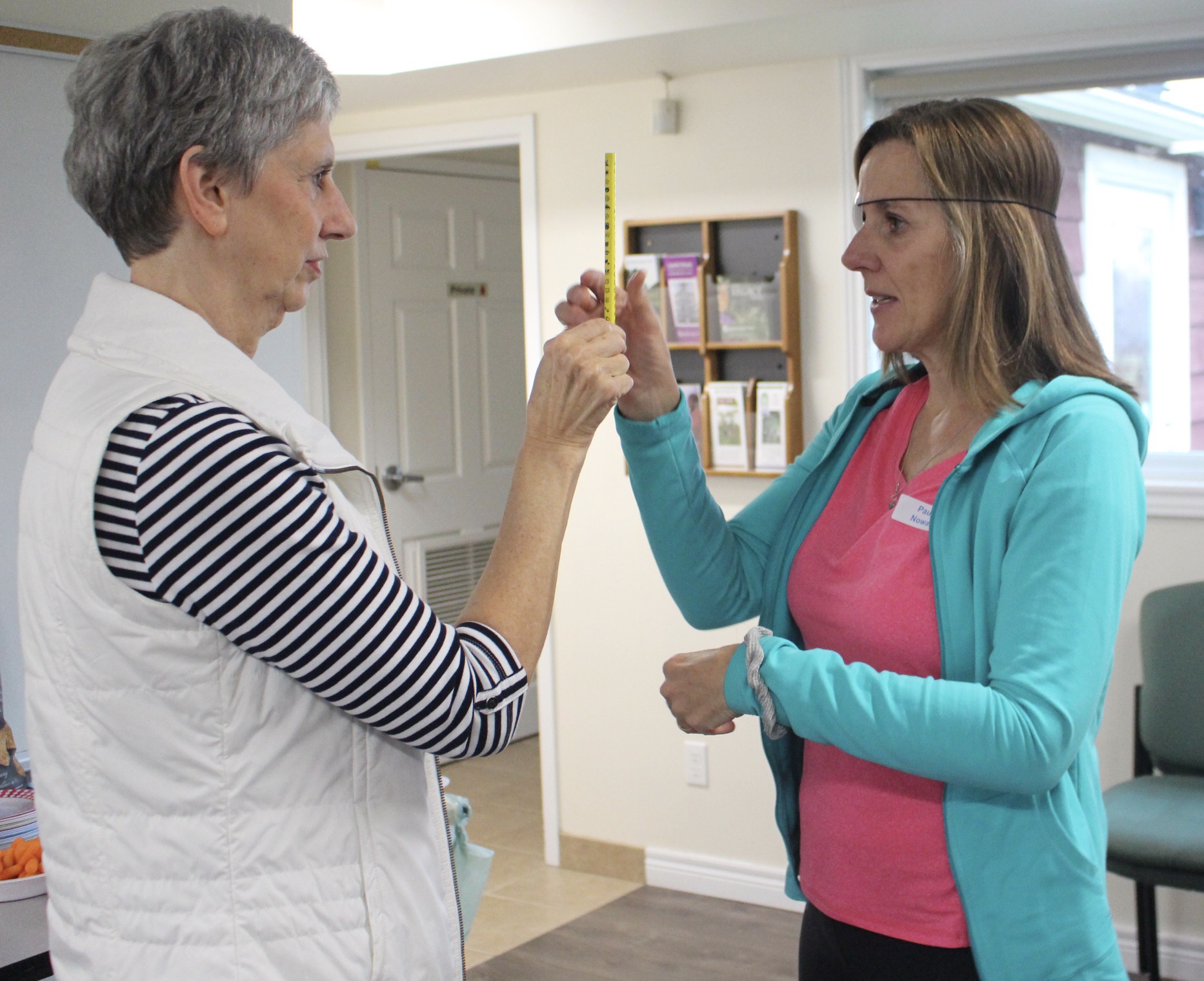
What People Are Saying
My son began participating in rhythmic movements when he started in kindergarten 4 years ago. The little boy who started school that year was painfully shy and socially anxious, uncoordinated, and struggled with both gross and fine motor skills. He often seemed uncomfortable in his own body. Reading was challenging and frustrating for him. It has been amazing seeing the profound impact Rhythmic movements have had to help my son integrate his reflexes. Through participating in daily exercises and movements in the classroom, he has made huge strides to become a confident and articulate student, a strong reader and a neat printer. He can competently engage in both academic and physical tasks, and is happy and relaxed at school. We are grateful teachers know these strategies to help our children.
Jennifer Holmes
Parent
Providing Rhythmic Movement in kindergarten allowed for many opportunities to help my students with their self-regulation, behaviour management and it was especially beneficial in supporting students with special needs. We strategically placed Rhythmic Movement to ease into transitions without breaking up key learning centre blocks of time. The students would leave learning centres and transition into Rhythmic Movement in order to later settle into nutrition break with both regulated and calm bodies and minds. Students were more attentive later in the day after Rhythmic Movement, and the students who displayed many sensory needs, such as the need to push or stim, had a much easier time keeping their hands to themselves and overall displayed less sensory needs when Rhythmic Movement was provided. The students enjoyment proved to me that rhythmic movement is both enjoyable and beneficial for young learners.
Melissa Porter
Teacher
